Today’s web has turned quite complex. It’s why because competition has turned tough and only those succeed here which uniquely present their offerings to customers. Web now more depends on web apps than merely websites. To fuel these web applications and make their development faster and smarter, developers use frameworks which are actually libraries helping in the development and rapidly concluding web application development projects.
We have a number of web frameworks that can make web application development simpler. This post picks up the top 10 of them and explains them along with their positive and negative sides. Let’s begin.
AngularJS
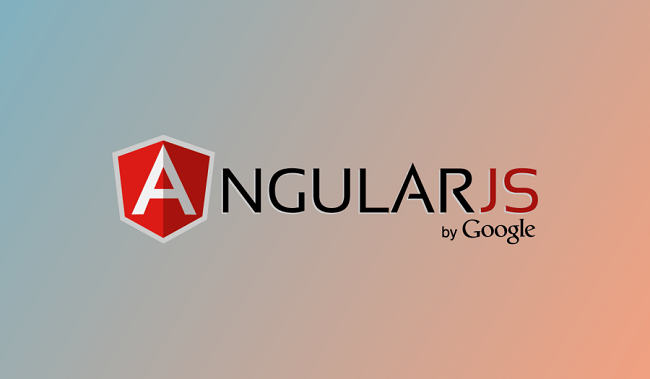
Released in 2010 and maintained by Google – the search engine giant, AngularJS is a community-developed and community-driven open source JavaScript based framework that allows developers extending HTML vocabulary for website development. Its sophisticated functionalities and rapid implementation with innovative approach have certainly taken the world of web app developer by storm.
Because it has the best ability of blending HTML attributes with Angular directives, a lot of modern-day web application developers prefer it over other framework available in the market. It’s a lightweight, safe and dependable framework and is based on two-way data binding mechanism allowing developers to access JavaScript on the go. Here are some positive and negative sides of this framework.
Positive sides
- Quick loading time
- Lightweight
- trouble-free testability
- Expressive
- Two-way data binding
- Extends HTML
Negative sides
- Hard to attain rich output without complete knowledge of framework.
- Router has limitations.
- It’s difficult to use directives.
- It’s a tough task to debug code.
Ruby on Rails
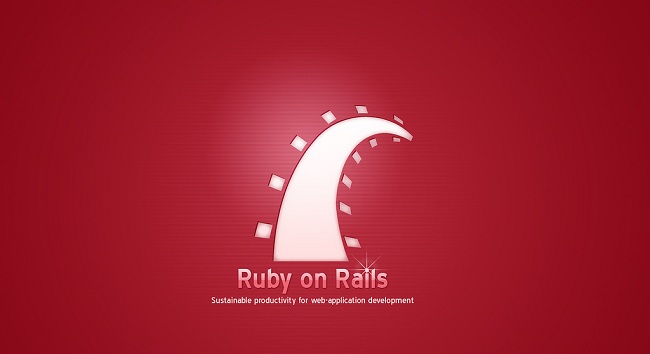
Ruby on Rails was released in 2004 and since then it has been providing a base to hundreds of successful web apps. Now, it has become the top most widely used web application development framework following push-based MVC architecture. It’s a general purpose framework and it allows web developers to contribute their smart codes to make it wealthier. Ruby on Rails is an open source web application development framework which means it’s available for free to be used for any size and sort of web apps. Some of its positive and negative sides are as follows:
Positive sides:
- An excellent tool to easily build feature centric web apps
- Easily obtainable library
- Generates code with the best quality
- Provides support to Test Automation to deliver flawless apps
Negative sides:
- Boot speed
- Some IO libraries don’t provide support to multithreading
EmberJS
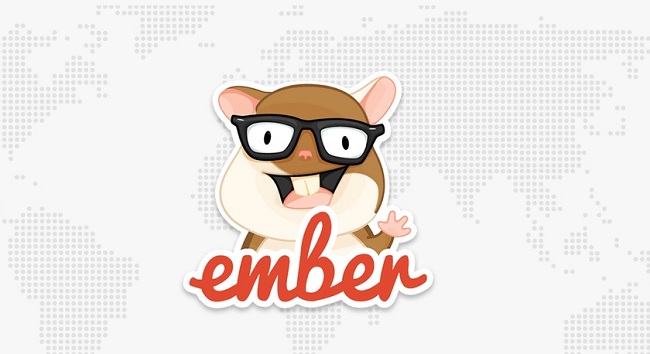
Released in 2011 and maintained by a group of ambitious developers, EmberJS is another great open-source mobile application development framework supporting large-scale and complex web apps. The framework can be used for developing scalable, single-page web applications. It comes with a number of tools which let developers create web apps with flexible structure.
Positive sides:
- Firm built-in router
- Easy web components
- Provides a complete development stack
- Stabile without stagnation
Negative sides:
- When forgetting to use Getter and Setter, apps come out with bugs
CakePHP
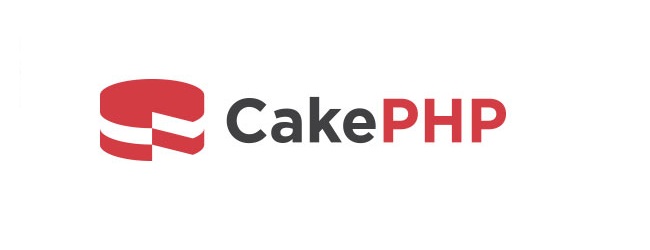
CakePHP is one of the widely used platforms based on PHP. In spite of being the oldest open-source framework, CakePHP still carries enough potential to be applied at a variety of web application development projects. Apart from letting developers rapidly conclude web apps, it passes on desired interactivity with simplicity.
The new version of CakePHP 3.0 has already made its impact over the web. It’s now more powerful and effective with improved session management and ORM, enhanced migrations along with desired flexibility and faster routing, improved debugging toolbar and a set of standalone libraries.
This is the first choice of developers when there is need of finishing up an app in low budget without any compromise in quality and productivity.
Positive Aspects:
- Economical way to build a web app
- Scaffolding code generation
- Rapid and flexible template system
- Trustable security management
- Based on MVC coding pattern
Negative Sides:
- One-way routing
- There is need of updating default route to create fancy URLs.
Phalcon
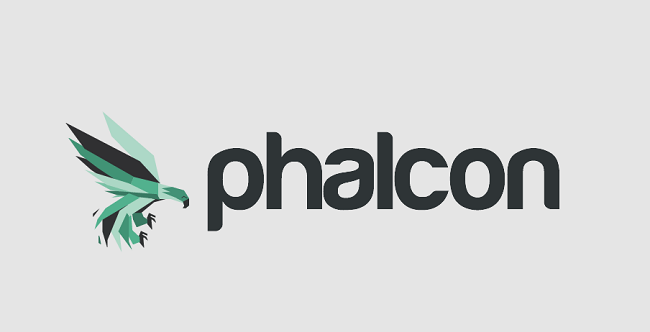
Phalcon is another PHP based framework released back in 2012. Following the MVC pattern and is delivered as the C-extension, Phalcon has succeeded to attract a number of developers building web applications. It’s the fastest one and developers are able to produce desired result quickly. It comes with a number of features such as controllers, inbuilt templates, routing controls, query language and ORM and a lot more.
Positive Aspects:
- Enhanced execution speed
- Reduces the usage of resource
- Best performance
- Featured to handle extra HTTP requests reasonably
Negative Sides:
- Root/Administrative access is required
- Compiled extension
Symfony

Released in 2005, Symfony is another open-source framework based on PHP. It was launched to speed up the development process of web application by deploying reusable code fragments. It allows developers to build apps with complex functionalities and robust structure.
Positive Aspects:
- A single Symfony project can be managed by multiple developers
- Security limitation for the authentication of users
- Easy incorporation of advance features
- Performance testing is the core features of Symfony
Limitations:
- A steep learning curve
- Requires enough time for customary implementations
ASP.net
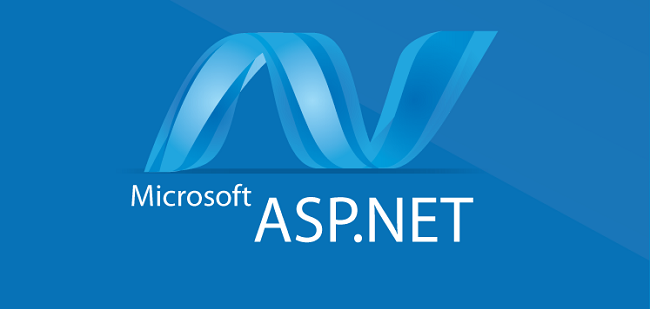
ASP.net has been one of the widely preferred web application development frameworks for building robust webs and mobile apps. It’s an open source web framework and is applied to develop website and web apps based on HTML, CSS and JavaScript. It works with HTTP protocol and is created using common language runtime (CLR). ASP.net lets developers build secure and safe environment with minimum efforts required in coding.
Positive Sides:
- Build large apps with less coding
- Safe & secure framework
- Writes easily maintainable source code
- Rapid deployment
Negative Sides:
- Coding for custom requirements is complex
- Limited access for Slivelight data.
Zend
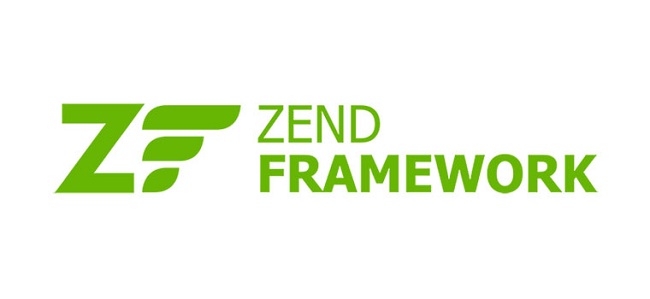
Developers have been relying on Zend framework since its inception in 2006. It is another widely used framework to rapidly deliver end-to-end mobile and web app solutions.
Positive Aspects:
- Caching sub system is quite flexible
- Extensible MVC implementation supports layouts
- Modular framework
- Extensible & easy to adapt
Negative sides:
- Each time the script runs, shared objects are loaded
- External additional files clutter up the disk
Django

Released in 2005, Django is also one of the most popular Python based frameworks used by web developers around the world. It follows model-view-template (MVP) architectural patterns and available for free. It is maintained by a non-profit organizations named as Django Software Foundation
Positive sides
- It comes with limitless valuable packages
- Documentation is rich enough to let developers easily learn and implement Django.
- Community behind Djano is supportive in every step of implementation.
Laravel
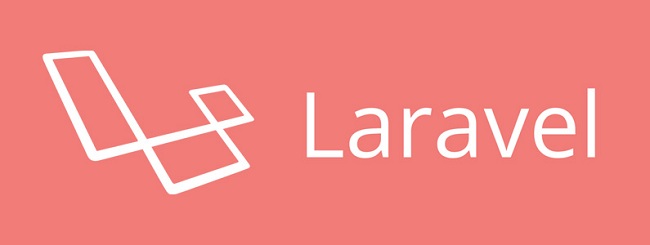
Laravel has been recommended by a number of PHP developers around the world. It’s quite flexible and any developers can easily learn it, its capabilities and then apply them to scalable and complex web application developments. The inclusion of Homestead also helps developers starting with the Laravel without prior installation of the web server, PHP or any other package in a local machine.
Author Bio
Sofia is a digital marketing expert in Rapidsoft technologies, a prominent mobile app development company which provides iOS and android app development services across the global. She loves to write on latest mobile trends, mobile technologies, startups and enterprises

